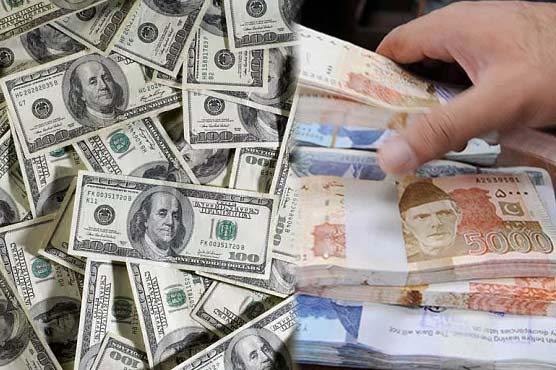

The important thing about the BoP is that it always “balances”. If an American invests in Indian stock markets, dollars will come into the BoP table and it will be accounted for under FPI within the capital account. So if an Indian buys an American car, dollars will flow out of BoP, and it will be accounted for in the trade account within the current account. The current account is further divided into the trade account (for export and import of goods) and the invisibles account (for export and import of services). The BoP has two broad subheads (also called “accounts”) - current and capital - to slot different types of transactions. If a transaction leads to dollars coming into India, it is shown with a positive sign if a transaction means dollars leaving India, it is shown with a minus sign. The BoP is essentially a ledger of all monetary transactions between Indians and foreigners. To understand movements on these variables, one must understand India’s Balance of Payment (BoP) statement. “It is important to remember that it is more of a story of the dollar strengthening than the rupee weakening,” said Pronab Sen, former Chief Statistician of India. In other words, while the US dollar has become stronger against all other major currencies including the rupee, the rupee, in turn, has become stronger than many other currencies such as the euro. If one looks at a whole basket of currencies, then data suggests the rupee has become stronger (or appreciated against that basket). Moreover, the US dollar is just one of the currencies Indians need to trade. Rupee’s exchange rate against the dollarĪnother thing to note is that, at least as of now, the rupee is still more resilient (that is, it has remained relatively strong against the dollar) than it was in some of the previous crises such as the Global Financial Crisis of 2008 and the Taper Tantrum of 2013. The current fall has brought about a correction.

In the last couple of years, the rupee has been more resilient than the long-term trend. If the rupee depreciates at a rate faster than the long-term average, it goes above the dotted line, and vice versa. The dotted line shows the long-term trend of depreciation. ExplainSpeaking | Yield inversion, soft-landing and reverse currency wars: A glossary for the troubled global economy How bad is it for the rupee?Ĭhart 1 shows the rupee’s exchange rate against the dollar.


 0 kommentar(er)
0 kommentar(er)
